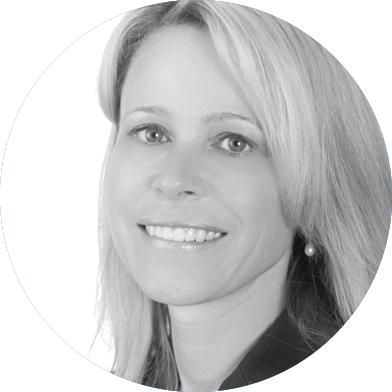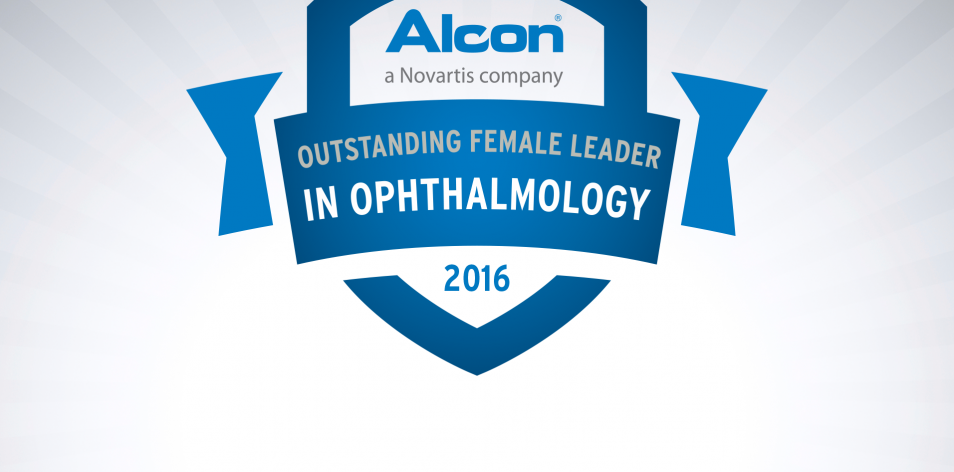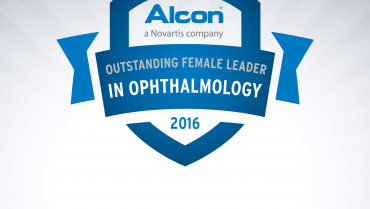supported by


Kendall E. Donaldson, MD, MS
Dr. Donaldson is the Medical Director of Bascom Palmer Eye Institute in Plantation, Florida.
Please share with us your background.
I was born in Maryland, just outside of Baltimore, which is where my entire family still resides. Wearing thick myopic glasses at a young age prompted me to build a fully functional model eye for the science fair in third grade and set my mind on track to someday be an eye doctor. Constant teasing about my glasses throughout elementary school played a substantial role in shaping my personality and my career goals early in life.
I earned my bachelor of science in biology and a bachelor of arts in psychology during my undergraduate years at the University of Maryland. I then completed a master’s degree in anatomy and physiology at the University of Maryland, where I taught anatomy and ran the paraprofessional anatomy lab program throughout graduate school. I went on to complete my medical degree and internship year in internal medicine at the University of Maryland.
I then moved to Miami for my ophthalmology residency and subsequent corneal fellowship. During my residency, our chairman, Carmen Puliafito, MD, approached me about the possibility of directing a new Bascom Palmer satellite in Broward County. Dr. Puliafito supported me while I took classes at the Wharton School of Business in preparation for my duties after fellowship. I will always be indebted to him for his mentorship and guidance as I was beginning my career in ophthalmology. In 2004, we opened our first satellite in Plantation, which has grown to include 14 rotating ophthalmologists of various subspecialties and 40 total staff members.
I met my husband, Scott Anagnoste, MD, a retina specialist and former Chief Resident at Bascom Palmer, during my residency training. We have three children: Sean (11), Katelyn (9), and Ryan (7). We enjoy playing tennis, paddle boarding, skiing, and playing the piano together.
What is the focus of your current research?
Approximately 4 years ago, I created a database to track outcomes of cataract surgery at Bascom Palmer. This has allowed us to compare laser-assisted and standard cataract surgery. It has also provided a springboard for a variety of other studies on outcomes of cataract surgery at Bascom Palmer through the years. Over the past year, we have expanded those efforts to include the collection of aqueous humor specimens for prostaglandin analyses so that we can further analyze inflammation that occurs during surgery.
In addition to our cataract studies, I am involved in a variety of ocular surface studies in collaboration with my colleague and Director of our Ocular Surface Center in Plantation, Victor Perez, MD. We are working on a variety of studies analyzing the effects of various medications, surgeries, and treatment modalities on the ocular surface.
What has your experience been collaborating with industry?
My collaborations with industry started only about 2 years ago. I have to thank Bill Trattler, MD, for his influence and encouragement to pursue industry collaboration. I have to admit, it has become a surprisingly rewarding and fun aspect of my career in ophthalmology. In an academic setting, I feel we are often dissuaded from collaborating with industry; however, it is so essential to product development and advances in technology that I consider it an integral part of our careers as physicians. Additionally, I have found it to be very rewarding to have an impact on the development of technologies that can influence improvements in patient outcomes.
In your opinion, how is the role of women in ophthalmology evolving?
When I reflect on my time in medical school, I recall that my graduating class was 51% female, which was a dramatic improvement over preceding years—everyone considered it a monumental achievement. Overall, women comprise approximately 33% of the physician workforce in the United States (according to 2010 data). Although women are underrepresented overall, much of this is self-selected, as we tend to have so many responsibilities to our families in addition to our careers. In general, the field of ophthalmology has been more flexible relative to other fields, as ophthalmologists are able to create a more harmonious balance between work and family. That being said, it is a constant challenge to balance these responsibilities.
What, if any, hurdles do you feel women in health care still face?
Interestingly, women make approximately 62% of their male counterparts’ salaries. Additionally, there are more men in supervisory and administrative positions, including chairmanships. There are also many meetings in which women are very poorly represented. That being said, in ophthalmology, I feel that women have united to form a variety of groups to help support and advance each other. This has led to more women on the podium and an increasing presence of women in positions of authority.
As previously mentioned, balancing family responsibilities and career commitments is an ongoing challenge. This challenge is not isolated to ophthalmology or to medicine in general but is experienced by women of all professions. We all must secure adequate assistance both at home and work to balance these responsibilities.
What advice can you offer to young female ophthalmologists who are still in training or just beginning their careers?
Mentors are essential. We need to have mentors in our own lives and serve as mentors to others. I have both male and female mentors and role models and feel these figures are essential in all our lives, independent of our gender.
In my own life, I also try to serve as a mentor by setting an example for my fellows, residents, and students. In addition, as the Medical Director of Bascom Palmer in Plantation, I try to serve as a mentor for my staff. Teaching and mentoring can enrich our practice of medicine. I find that the longer I practice, the better I become at teaching and mentoring, but it is fun and stimulating to embrace this aspect of medical practice very early on and continue to develop it throughout our careers.
Can you propose a unique or creative idea that may help women in ophthalmic practices?
Collaboration and the formation of alliances are essential for success. We can all help one another, and forming collaborations allows us to be more productive and advance more rapidly. The Cornea, External Disease, and Refractive Society (CEDARS) and American Society of Progressive Enterprising Surgeons (ASPENS) group is a perfect example of physicians uniting to be stronger as a whole rather than as individuals. Making connections opens doors and new opportunities. It is often difficult to predict just what opportunity may arise, so you really cannot discount even the simplest interactions and discussions; sometimes they prove to be the most fruitful.
As I reflect back on some of the most crucial turning points and interesting opportunities during my career, many of those occurred over a cup of coffee, in a cab ride to a symposium, or at a wine tasting event. So, you should always be open to making new friends, developing collaborations, and listening to new ideas from friends and colleagues. The simple things may eventually surprise you.


